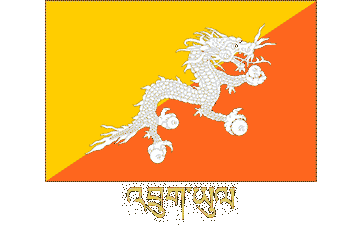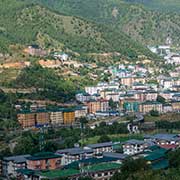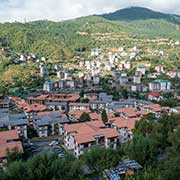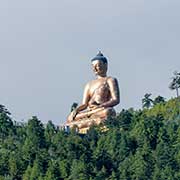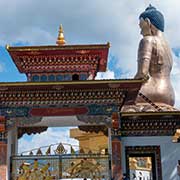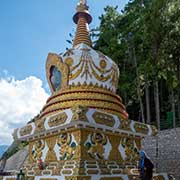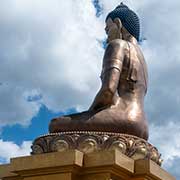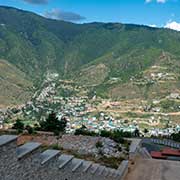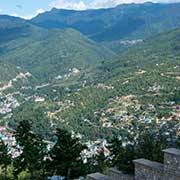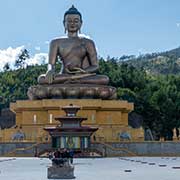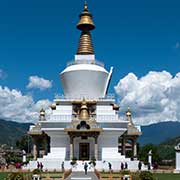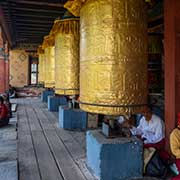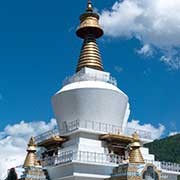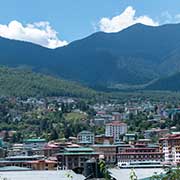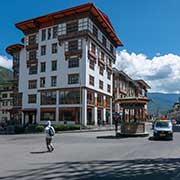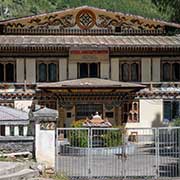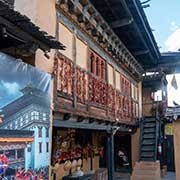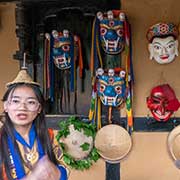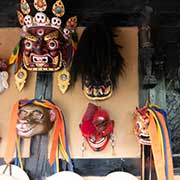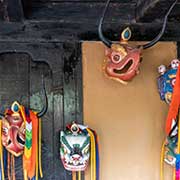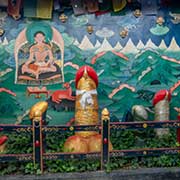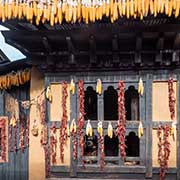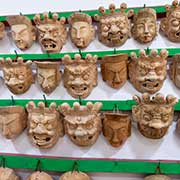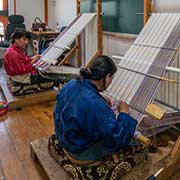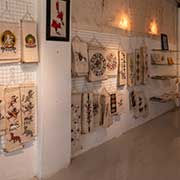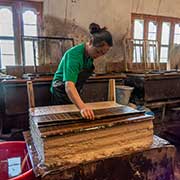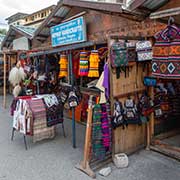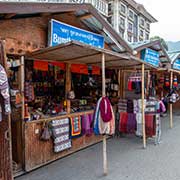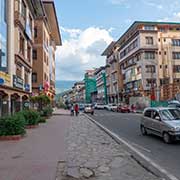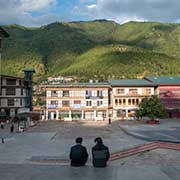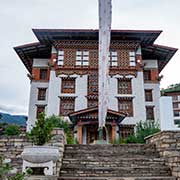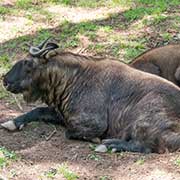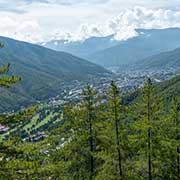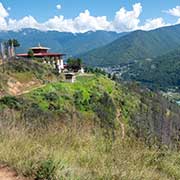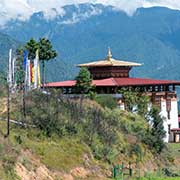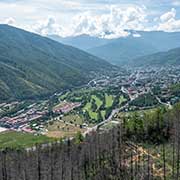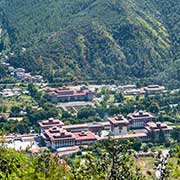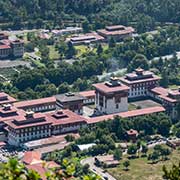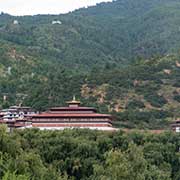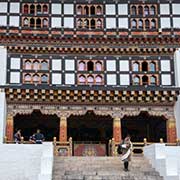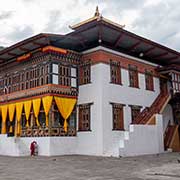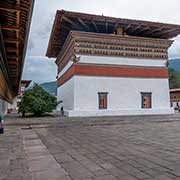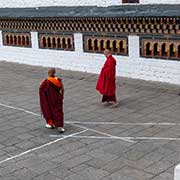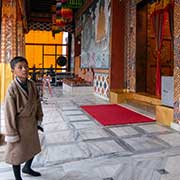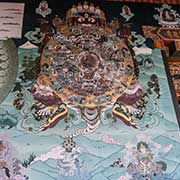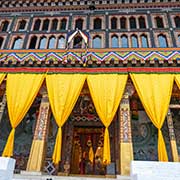Photos of Thimphu, Bhutan’s capital, Bhutan
Thimphu, Bhutan’s capital
Thimphu is the capital and largest city of Bhutan. It is located in the western central part of the country, in the valley on the west bank of the Thimphu Chhu River. It has an average altitude of 2,300 metres and a population of almost 115,000 people. Thimphu has been Bhutan’s capital since 1955; in 1961, the third king of Bhutan, the Druk Gyalpo, Jigme Dorji Wangchuck, declared it officially Bhutan’s capital, taking over from Punakha.
you may then send it as a postcard if you wish.
Originally, it was a hamlet around Tashichhoe Dzong (“Fortress of the Glorious Religion”), Thimphu’s sizeable Buddhist monastery and fortress. Thimphu Dzong, now on the northern edge of the city, was initially built in 1216, four times destroyed by fire and damaged by an earthquake, but rebuilt in 1962 as the seat of Government after the capital was moved from Punakha to Thimphu. It also houses the office of the King of Bhutan and the summer residence of the leader of Bhutanese Buddhism. Just to the east of the Dzong is Bhutan’s National Assembly.
Thimpu is an attractive town, with its traditional architecture, old Lhakangs (temples) on the slopes of the valley, and new structures, like the National Memorial Chorten, built in memory of the Third Druk Gyalpo Jigme Dorji Wangchuck, who ruled from 1952 to 1972. Overlooking Thimphu is the Buddha Dordenma, a gigantic statue housing over one hundred thousand smaller Buddha statues, each of which, like the Buddha Dordenma itself, is made of bronze and gilded in gold.
A living museum, Simply Bhutan, showcases Bhutanese culture, and the National Institute for Zorig Chusum, meaning “Thirteen Crafts,” teaches students traditional crafts. The National Library of Bhutan was established in 1967 to “preserve and promote the rich cultural and religious heritage” of the country. These are only some examples of how Bhutan, while modernising, preserves its unique culture.


